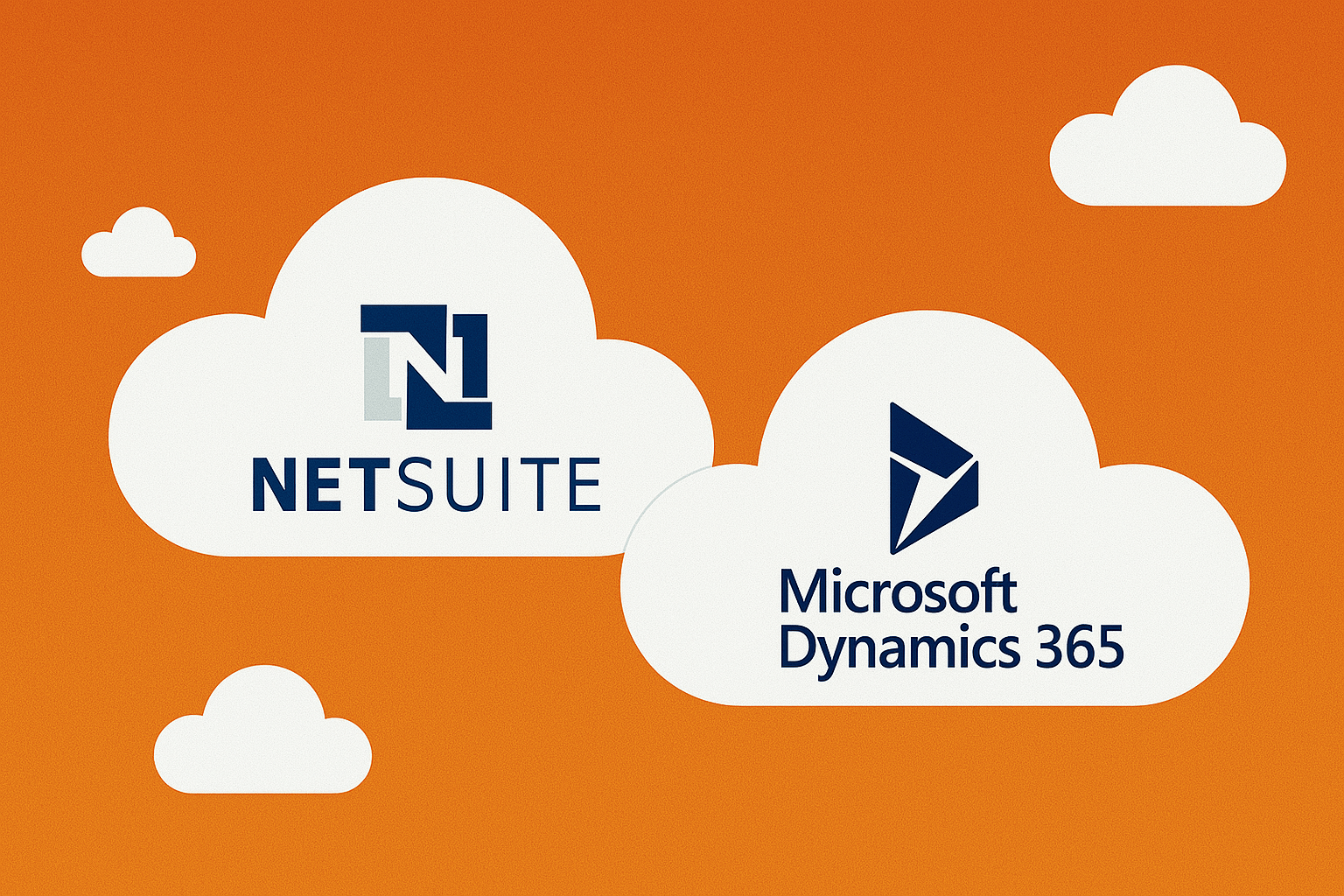Intro (Let’s just get into it)
Alright, so here’s the deal. Businesses today? They move fast. Like, blink and you missed it fast. And trying to keep up with that pace using outdated tools? Honestly, it’s a nightmare. That’s where cloud-based ERP comes in—it’s basically like giving your whole business a brain upgrade.
Instead of being tied to some clunky system that’s stuck in your office collecting dust, cloud ERP is online, flexible, and kinda just works the way you want it to. Whether you’re just getting started or scaling up like crazy, it saves you from spending a fortune on IT stuff (think servers, upgrades, hiring folks to manage it all, etc.).
Now, why should you care? Well, businesses are juggling a lot right now—remote teams, constant market changes, pressure to do more with less. The good news? The best cloud ERP software helps with all that. Finance, supply chain, operations—it all gets pulled into one clean dashboard.
So yeah, we’re gonna look at some top options in 2025, break down the features that actually matter, and help you pick something that fits your business. Sound good? Cool. Let’s dive in.
Why Cloud ERP is Beating the Old Stuff (No offense, on-prem)
Okay, so let’s settle the debate real quick: cloud-based ERP vs. the old-school on-prem systems. Spoiler alert—cloud’s winning. And it’s not just hype. There are some real reasons behind it:
- No huge upfront cost. Seriously, with cloud ERP, you don’t need to buy servers or build out a fancy IT department. You basically just… subscribe and go. Forbes even mentioned that switching to cloud can cut your implementation costs by like 30%. That’s huge.
- Grows with you. Need to add users? More storage? New features? Easy. No need to tear down your system and start over. It scales, and that’s clutch if your business is growing fast—or if you’ve got busy seasons where things explode.
- Work from anywhere. Cloud = online. So if your team’s remote or traveling or just working from a coffee shop (because who doesn’t love overpriced lattes?), they can log in and keep moving. That’s a must in 2025.
Now compare that to the on-prem setup: you gotta install it, manage it, update it manually. It can feel like you’re stuck in 2010. Sure, you get more control over your data, but at what cost? Less flexibility, more stress.
Bottom line? If speed, cost, and being able to pivot fast are your thing (and let’s be honest, they probably are), cloud ERP just makes way more sense.
What to Look For (Aka: don’t get stuck with garbage software)
Not all cloud ERP systems are created equal. Some are sleek and user-friendly, others are… let’s just say painfully complicated. So here’s what you should actually be looking for:
- Real-time data: You want to know what’s happening right now, not what happened last week. Sales, inventory, finances—whatever. If you don’t have that kind of visibility, what’s even the point?
- Integrations that don’t suck: Your ERP should play nice with your other tools—CRM, accounting, ecomm, etc. Think Salesforce, QuickBooks, Shopify… all that good stuff.
- Scalability: Can it grow with you without blowing things up? That’s important.
- Automation: Let the system handle boring stuff like invoicing and inventory tracking. It’ll save you time and reduce screw-ups.
- Mobile access: Everyone’s on the move these days. Your team needs to log in from phones, tablets, laptops—wherever.
- Security: Obviously. End-to-end encryption, GDPR, SOC 2—all that nerdy but important stuff. Your data’s gotta stay safe.
Honestly, when you find a system that nails all this, your operations just… click. No more duplicate data. No more guessing games. One source of truth. One dashboard to rule them all. (Yes, that was a Lord of the Rings reference. No regrets.)
And get this—Gartner said that like 70% of businesses that switch to cloud ERP see better efficiency within a year. So yeah, worth it.
Top 5 Cloud-Based ERP Systems in 2025 (Quick peek)
Here’s a sneak peek at some of the best cloud ERP systems making waves in 2025. This is just a quick rundown—we’ll dive deeper in the full version. But for now, here’s who’s killing it:
1. NetSuite (by Oracle)
This one’s kind of the OG. Super popular, especially with mid-to-large companies.
- What it does well: Finance, inventory, CRM, global stuff—it’s got range.
- Why people love it: Killer real-time analytics. Great for businesses with multiple locations or subsidiaries.
- Pricing: Starts at $999/mo for the base license + $99/user/mo. Not cheap, but super powerful.
- Best for: Medium to large companies that need an all-in-one setup.
Check it out at NetSuite’s site.
2. Microsoft Dynamics 365
If you’re already using Microsoft tools (Outlook, Excel, Teams), this might be a no-brainer.
- What it does well: Handles finance, supply chain, customer data—plus AI features are kinda cool.
- Why people love it: Familiar look and feel. Integrates seamlessly with Office tools.
- Pricing: Starts at $70/user/month (Business Central Essentials).
- Best for: Teams already deep in the Microsoft world.
More info on Microsoft’s site.
(Yeah, we’ll cover Odoo, SAP S/4HANA Cloud, and Acumatica next in the full write-up, so hang tight.)
And hey—if you’re in manufacturing or running a smaller operation, we’ve got a separate guide for you too. Go check out our post on Top 5 ERP Systems for Small Manufacturing Companies—you’ll find some hidden gems in there.

1 thought on “Best Cloud-Based ERP Software for Modern Businesses”